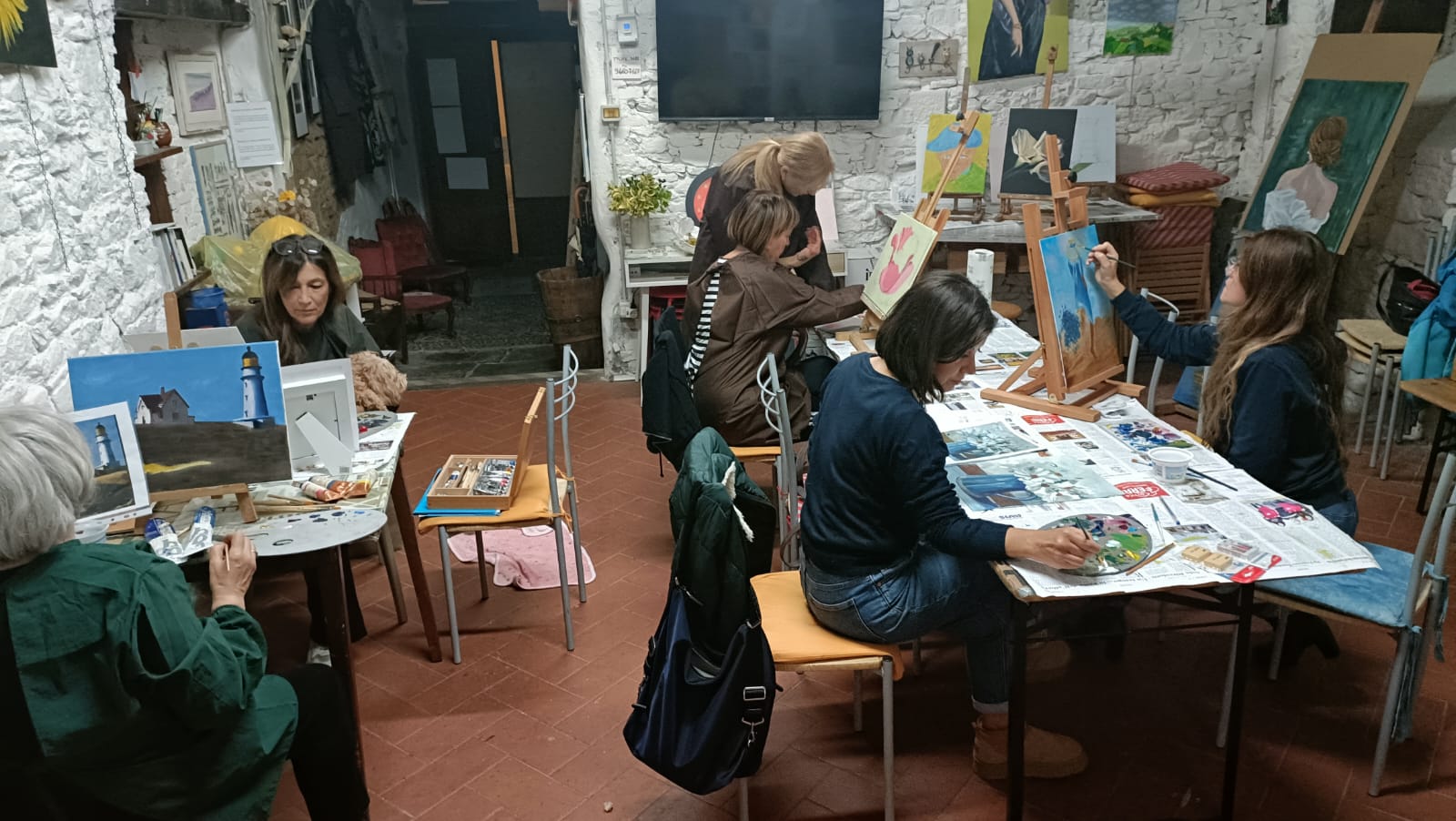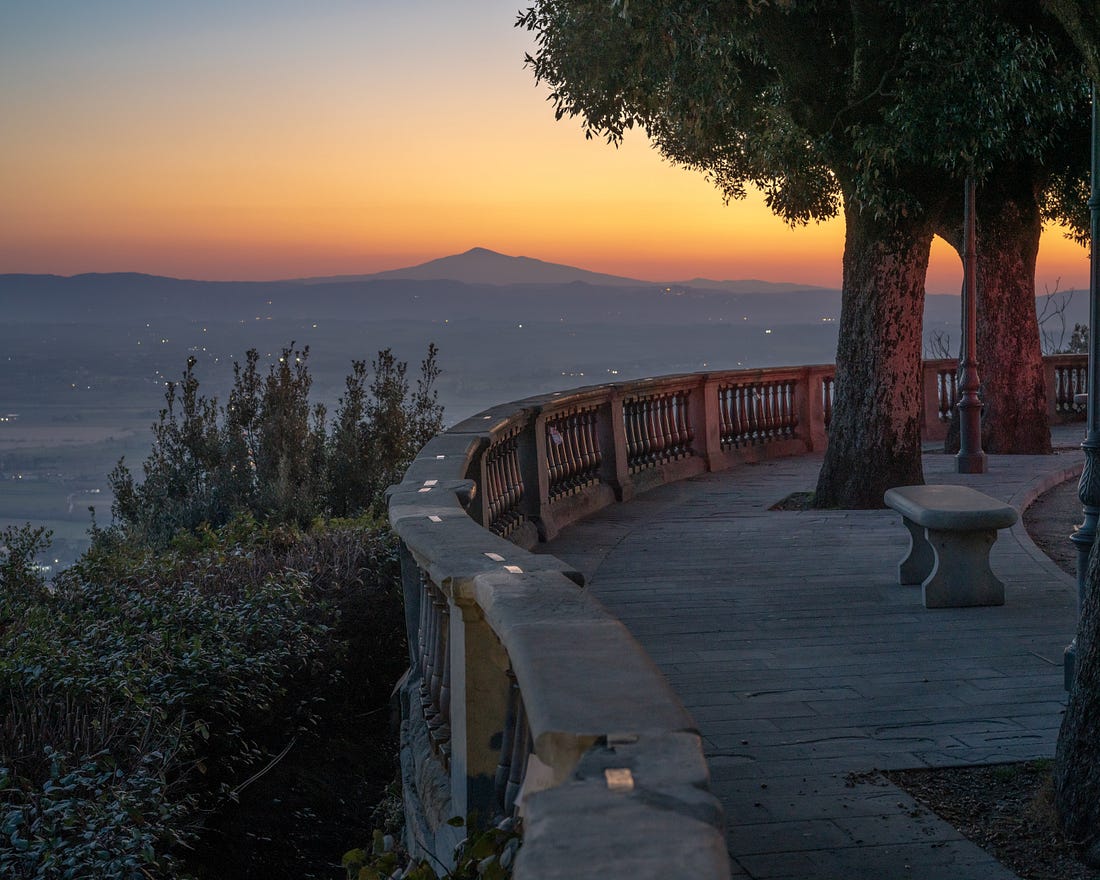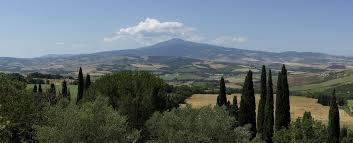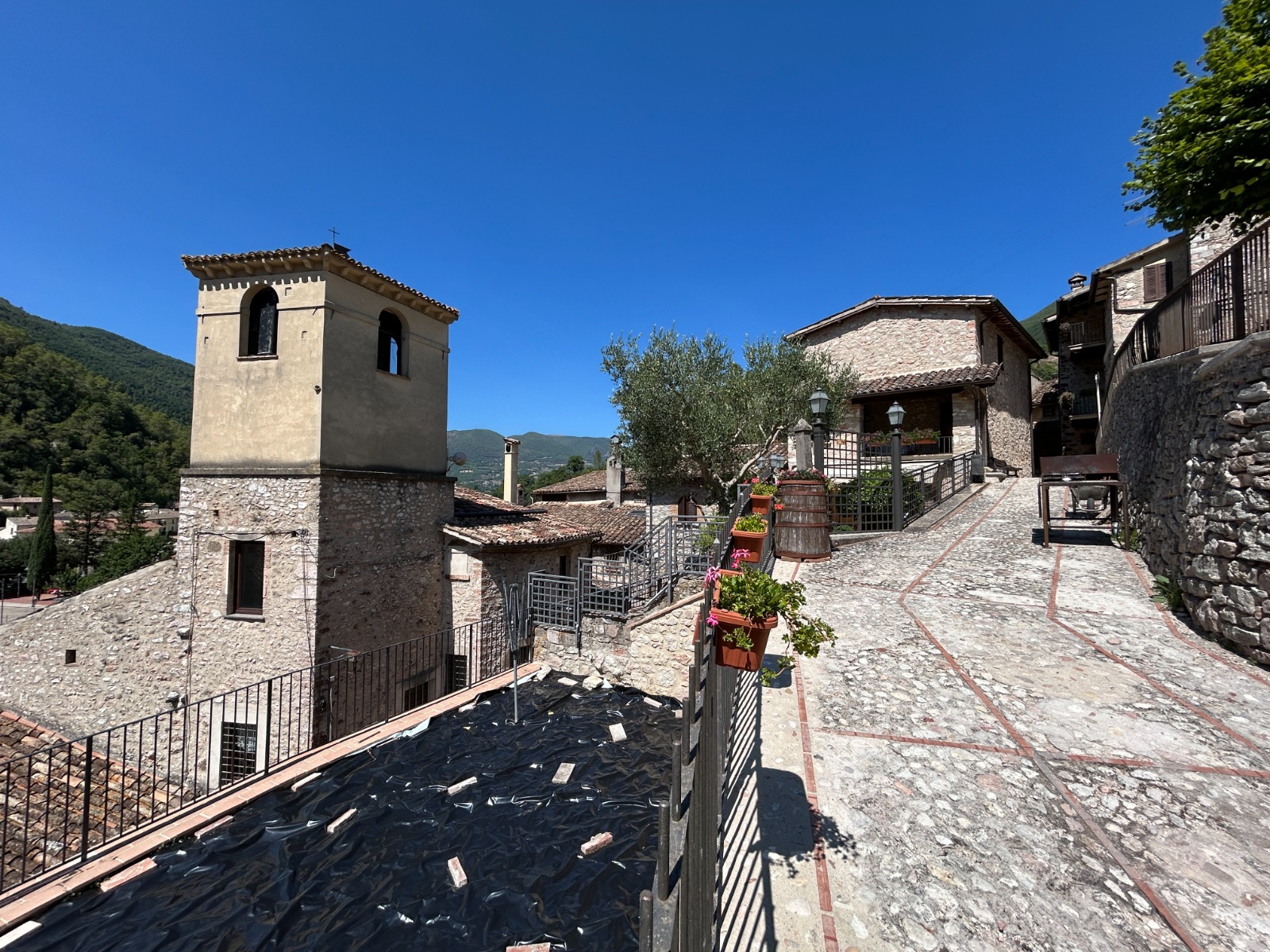So you’ve bought your house in Tuscany and it has a whopping great olive
grove out the back. Now what? What maintenance does it require? Who will pick the olives? When should one
harvest them? How much will the whole enterprise cost?
Producing olive oil for personal consumption will, for sure, cost a
whole lot more than buying even a top quality brand in the shops, so we’re not talking
about saving pennies, we’re talking about personal reward and satisfaction…
Lucio Corti, a keen gardener who has spent the last 20 years nurturing,
experimenting and maintaining his own olive grove, shares an annual calendar
for olive grove maintenance, some basic hourly rates and some useful insights for looking after olive trees.
If your olive grove is adjacent to the house it can be regarded as an
integral part of the garden. By mowing the lawn and banks regularly and often,
it will transform it into a productive area that can also be appreciated
visually.
If however the olive grove is extensive,
the grass should be cut with a tractor and flail mower twice a year. Working
the soil mechanically, unless you plan on cultivating wheat or grains under the
olives – which would look amazing - is inadvisable.
Finding a good pruner will not be easy: traditionalists tend to prune
too much, remaining faithful to techniques that have become obsolete and with
little regard for maintaining a harmonious balance between the trunk, branches
and leaves. I would recommended reading “La Potatura dell’Olivo in Toscana”
(Olive Tree Pruning in Tuscany) published by Arsia and the Region of Tuscany,
where the author Fiammetta Nizzi Grifi challenges pruning tradition and
prejudice with intelligence and sensitivity.
The harvesting of the olives inevitably requires careful consideration:
the best solution would be to have the immediate family spend a few days
picking olives in order to produce enough oil for personal consumption, leaving
the remainder to the birds and for fertilizing the soil. If this is not possible, it would be prudent
to rent out the harvest with a valid contract to avoid liability (every year
numerous accidents happen during harvest time).
Finally, there is little point in calculating the time and cost it takes
to maintain the olive grove: It’s no secret that the oil one produces privately
costs much more than the best oil available on the market. The reward however
is seeing your stainless steel containers full of your very own Extra Virgin
Olive oil and the priceless view of your tended olive grove: well maintained
and harmonious it will continue an existence, often for a hundred years or
more, which so characterizes the Tuscan landscape and territory.
January / February - manual
fertilization with manure pellets
Cost - about €120 per 100 plants not inclusive of labour
(Leather-based products are also excellent, but much more expensive.)
February / March / April –
pruning
Cost - from €18 per tree inclusive of the clearing and burning of all
cuttings.
May / June – cutting of grass
Cost: With flail mower approx. € 50 per hour
With strimmer - on banks and around trees - approx. €20 per hour.
October / November – cutting of
grass
Cost: With flail mower approx. € 50 per hour
With strimmer - on banks and around trees - approx. €20 per hour.
From mid-October to end November - harvesting
One needs to consider that each tree will provide an average of 10 kg of
olives.
The oil yielded from these 10 kg will vary, but one can estimate
anything from 13% to 19%, unless it’s an exceptional year.
Therefore, if you estimate your private consumption at 50 litres of
olive oil, 350-500 kg of olives will need to be harvested (about 50 olive
trees).
The quality of the oil will depend on how careful one is, during the
harvest, in avoiding the deterioration or fermentation of the olives from heat
and that they are pressed within 6-7 days (maximum) after picking.
An excellent accessory for removing twigs and leaves from the olives –
which will make for a more refined oil - is this giant home-made sieve which is
very simple to construct. Materials cost
circa E.250.
Accessories
A 12 metre x 12 metre net - circa €90
Crates for olives – circa €6 each
Electric harvester – circa €800
Sieve for leaves and branches - €250
The cost of the mill, whether modern or traditional, ranges from €16 €
to €19 per quintale of pressed olives (1 quintale = 100 kgs).







